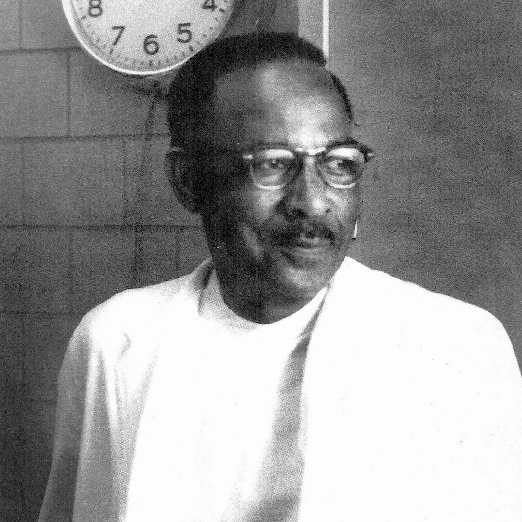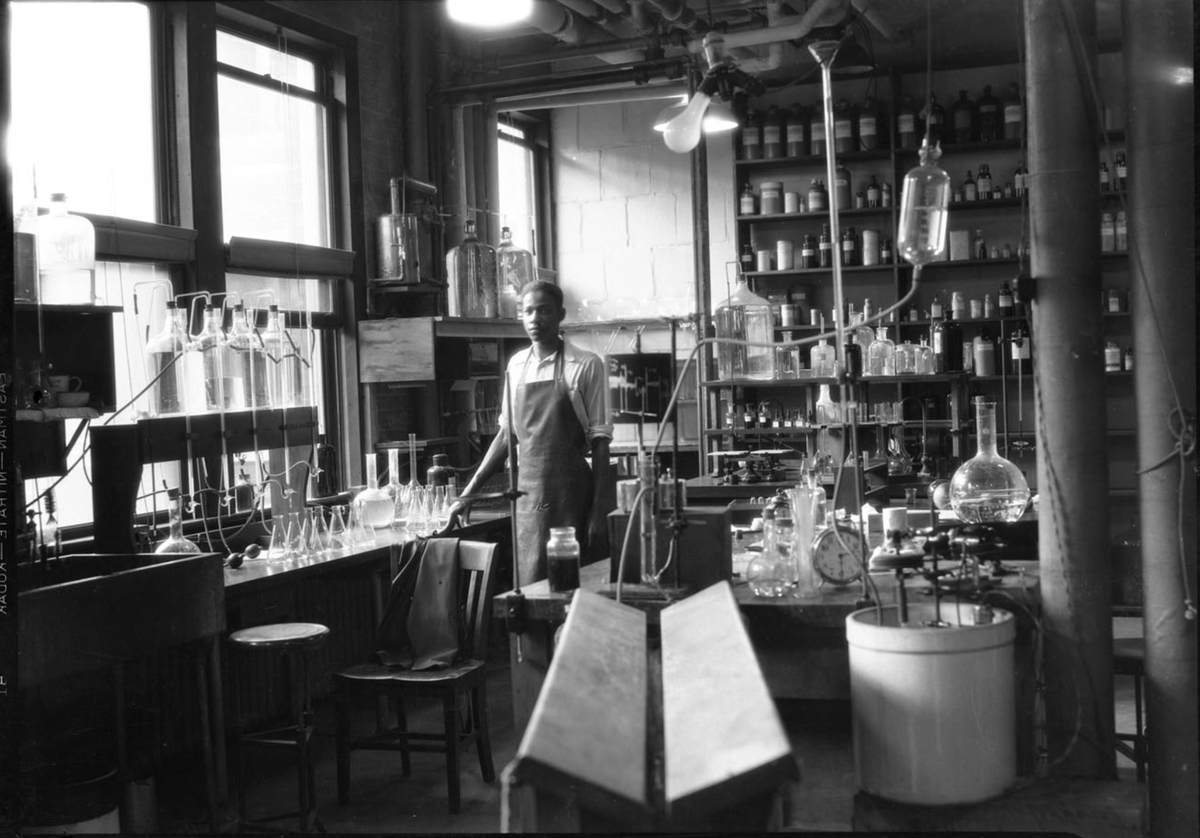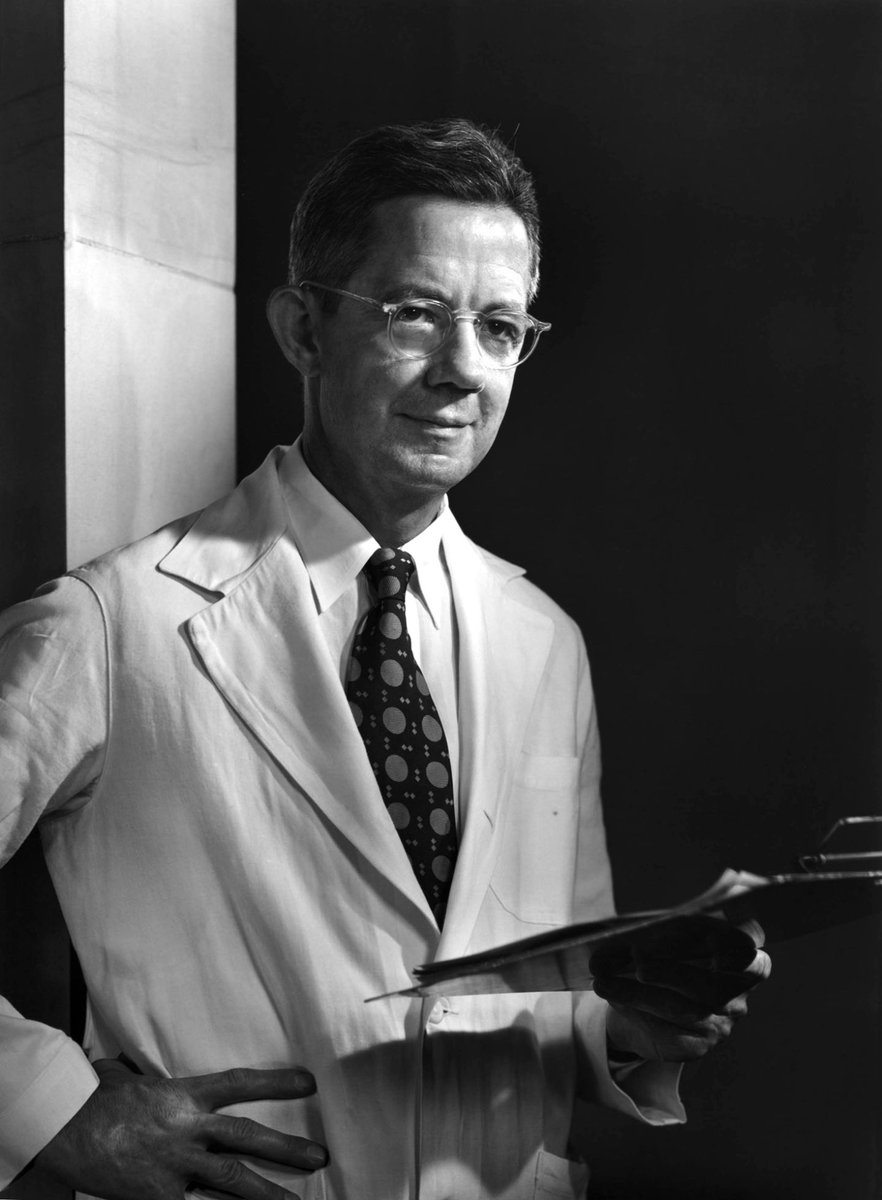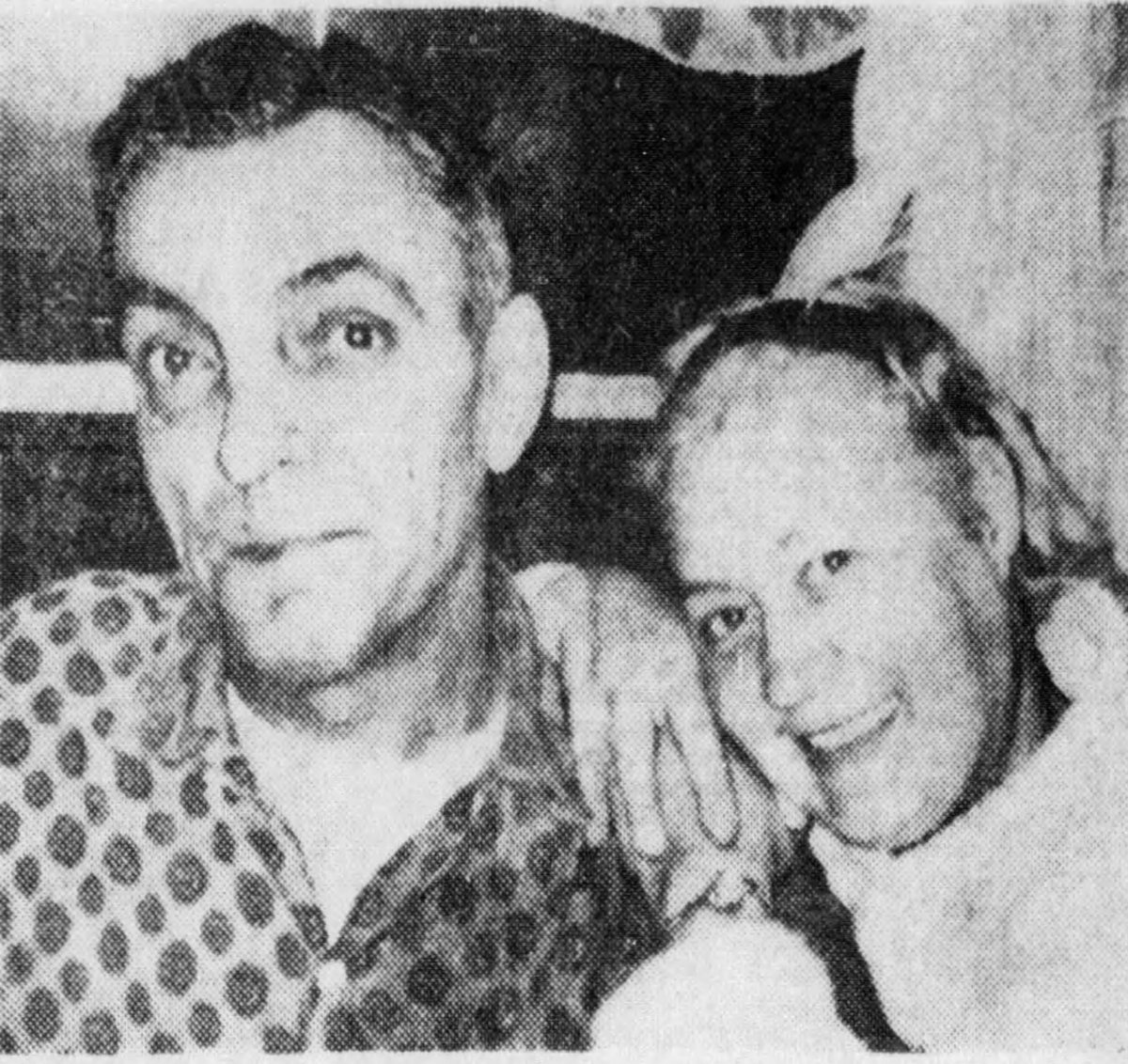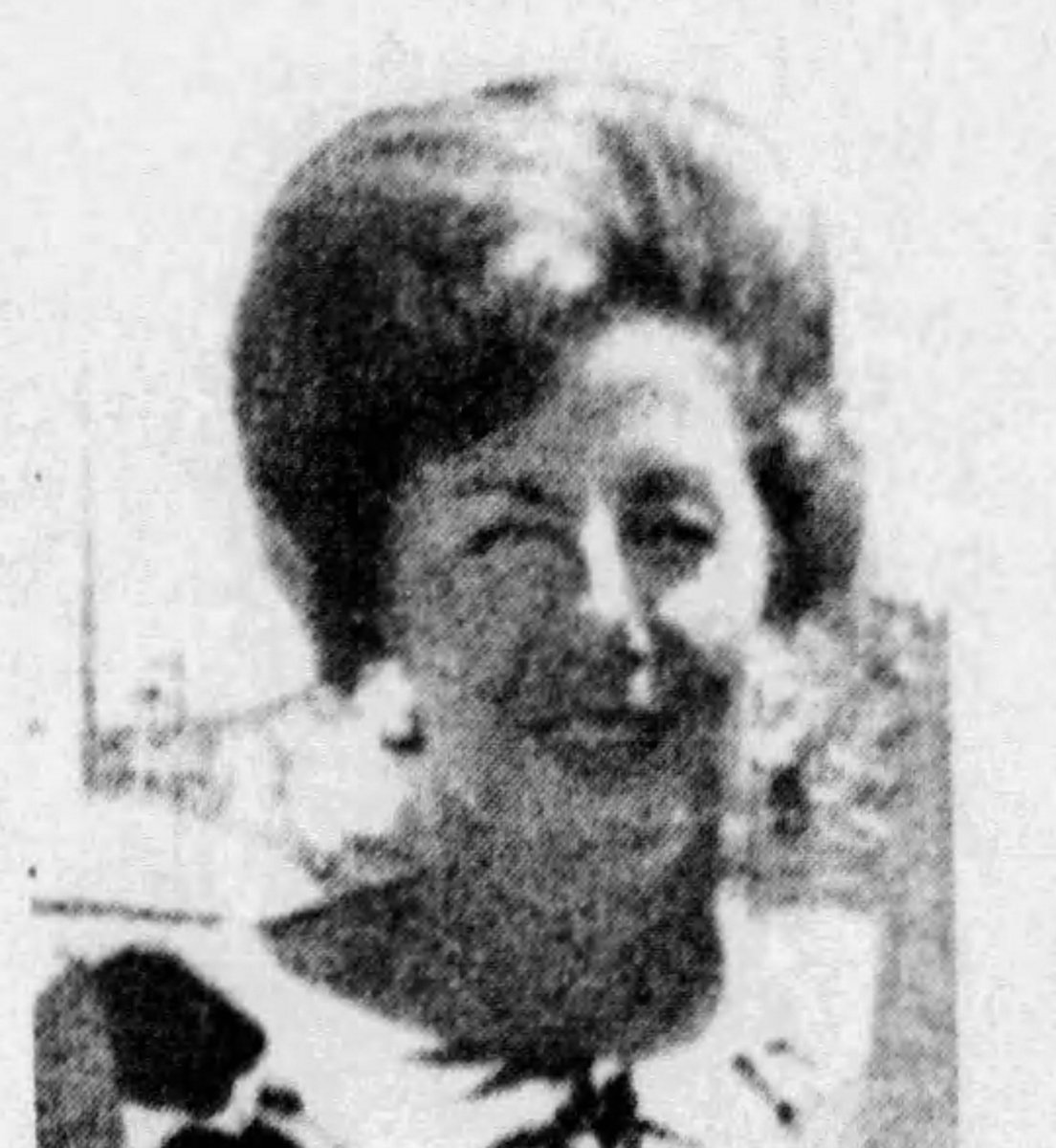
Of interest to the #CHD and #ACHD community, Matthew Gillespie of @HeartCare4Kids, a leader in transcatheter pulmonary valves, gave an update on the state of the art over in the Right Sided Valve Interventions session, and as he rightly points out, it all started with CHD! #ACC21 
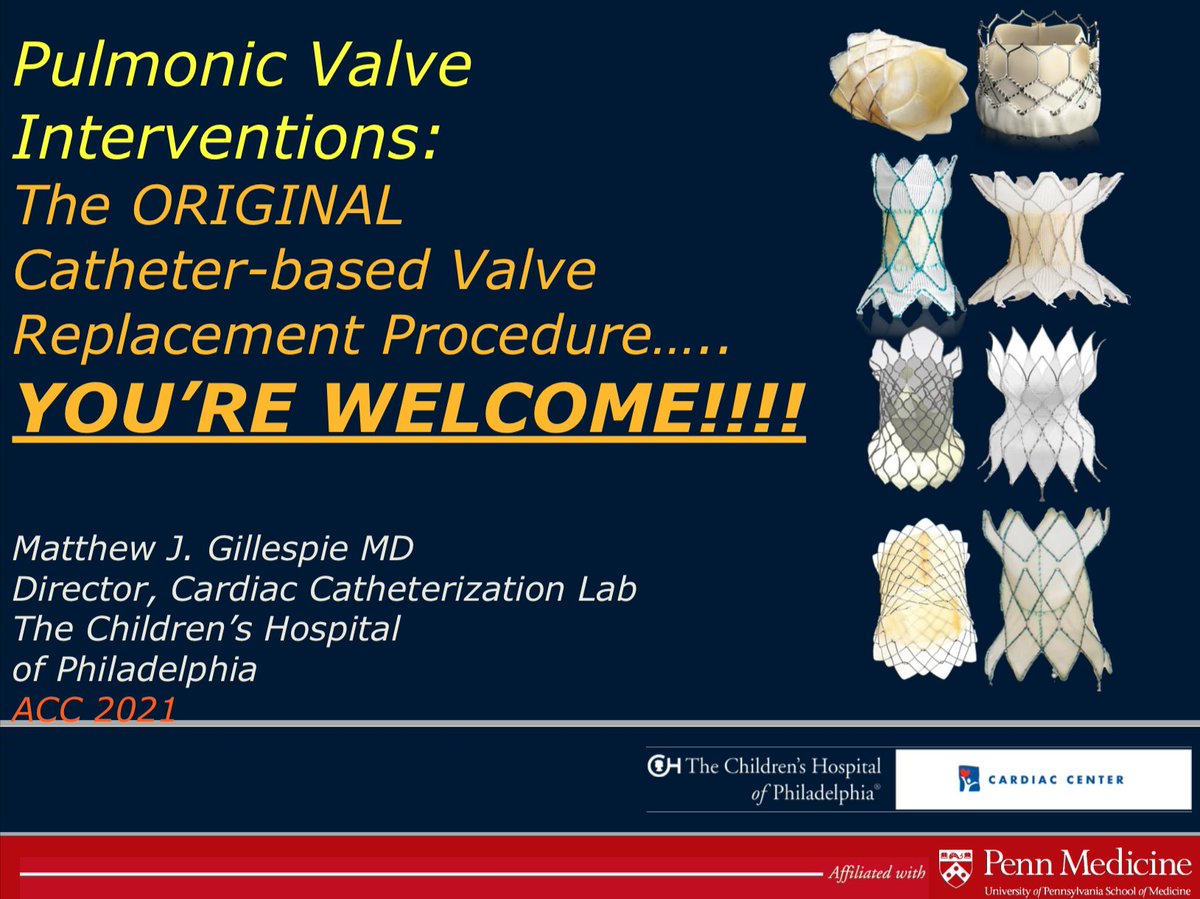
Who needs pulmonary valve replacement?
👉~40K babies born w/ #CHD each yr
👉~22% have RVOT abnormalities
👉For those w/ RV-PA conduits we've had Melody/Sapien valves
👉For the 85% of RVOT pts w/o conduits with PR, these usu won't work due to dilated/distorted/dynamic RVOTs
#ACC21
👉~40K babies born w/ #CHD each yr
👉~22% have RVOT abnormalities
👉For those w/ RV-PA conduits we've had Melody/Sapien valves
👉For the 85% of RVOT pts w/o conduits with PR, these usu won't work due to dilated/distorted/dynamic RVOTs
#ACC21

Work that started ~2004 with Phil Bonhoeffer culminated in first-in-man implantation of a self-expanding RVOT valve reported in 2010 with several devices now available incl. the Medtronic Harmony devices and the Edwards Alterra combined with their Sapien valve in the US. #ACC21 



Because I love you guys, I grabbed the video Dr. Gillespie showed of a Harmony valve being mounted on the 25-Fr delivery system and then being deployed in the RVOT. Is modern medical technology amazing or what?! #ACC21
Where does Harmony stand?
👉Early feasibility trial 2013-2015 w/ 20 pts
👉Pivotal trial 2015-2019 w/ continued access through 2020
👉In total, 106 of 3 avail devices implanted
👉Good 3-yr EFT results; at 5 yrs, 1 death unrelated to valve, 2 explants for tech failure or fx
#ACC21
👉Early feasibility trial 2013-2015 w/ 20 pts
👉Pivotal trial 2015-2019 w/ continued access through 2020
👉In total, 106 of 3 avail devices implanted
👉Good 3-yr EFT results; at 5 yrs, 1 death unrelated to valve, 2 explants for tech failure or fx
#ACC21

👉Early feasbibility pts have o/w had good Harmony valve fxn with no paravalvar leak or obstruction on echo
👉Results from 1-yr pivotal trial to be presented at #SCAI2021; manuscript in preparation
👉FDA approval announced; 2 of 3 devices will be commercially available
#ACC21
👉Results from 1-yr pivotal trial to be presented at #SCAI2021; manuscript in preparation
👉FDA approval announced; 2 of 3 devices will be commercially available
#ACC21

Other device available in US is Alterra which is 2-step procedure
👉Deploy the Alterra Prestent in the RVOT position
👉Into the landing zone, deploy Sapien S3 balloon expandable valve
👉Early feasibility study and pivotal trial completed; continued access phase underway
#ACC21
👉Deploy the Alterra Prestent in the RVOT position
👉Into the landing zone, deploy Sapien S3 balloon expandable valve
👉Early feasibility study and pivotal trial completed; continued access phase underway
#ACC21

In addition, several similar devices available outside US
👉Venus P valve likely approved in Europe this year
👉Pulsta valve approved in Asia, now moving into European trial
👉Med-Zenith valve with 30 pre-trial implants in China, moving into Chinese FDA trial in 2021
#ACC21
👉Venus P valve likely approved in Europe this year
👉Pulsta valve approved in Asia, now moving into European trial
👉Med-Zenith valve with 30 pre-trial implants in China, moving into Chinese FDA trial in 2021
#ACC21

Dr. Gillespie's prediction for the future:
Earlier PV interventions ➡️ healthier RVs ➡️ healthier patients
#ACC21
Earlier PV interventions ➡️ healthier RVs ➡️ healthier patients
#ACC21

• • •
Missing some Tweet in this thread? You can try to
force a refresh












